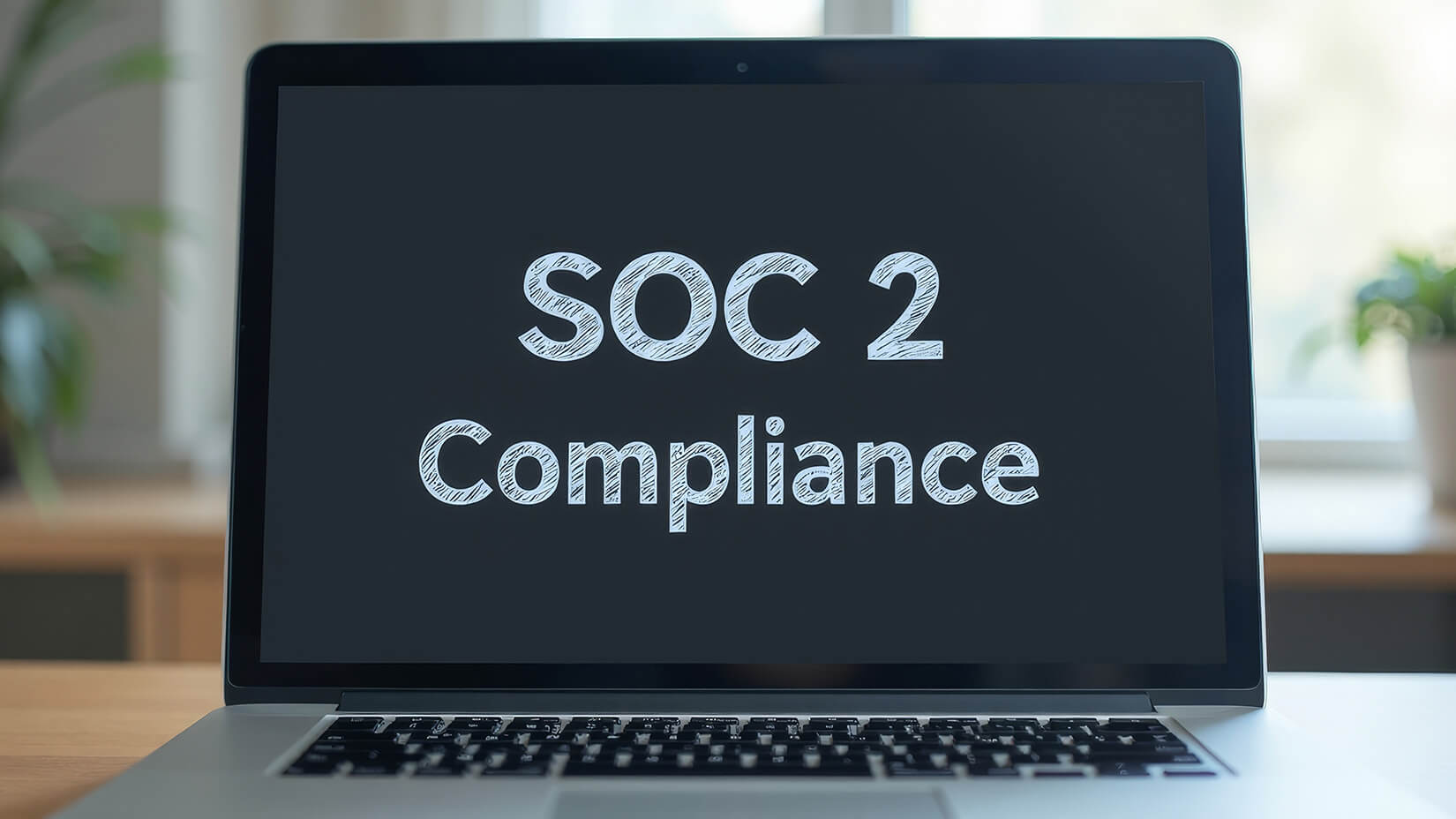Achieving SOC 2 compliance is a significant milestone for organizations looking to demonstrate their commitment to security and data protection. However, SOC 2 is not a one-time certification; it’s an ongoing process that requires continuous attention to maintain compliance. Here’s a comprehensive guide on maintaining SOC 2 compliance after the initial audit.
1. Understand the Importance of Continuous Compliance
SOC 2 compliance is designed to ensure that an organization consistently upholds stringent security standards. Post-audit, companies need to understand that compliance isn’t static. It requires ongoing efforts to address evolving security threats and organizational changes. Continuous compliance means actively maintaining the systems, processes, and policies that meet the criteria of the SOC 2 Trust Services Criteria (TSC): Security, Availability, Processing Integrity, Confidentiality, and Privacy.
2. Implement Continuous Monitoring
To maintain SOC 2 compliance, continuous monitoring of your systems and controls is essential. This involves:
- Real-Time Alerts: Set up automated alerts for any security incidents, potential breaches, or policy violations.
- Regular Vulnerability Assessments: Conduct regular scans and vulnerability assessments to identify and address potential security gaps.
- Audit Logging: Maintain comprehensive logs of all activities related to data access, system changes, and security events. Ensure that these logs are reviewed regularly to detect and respond to anomalies.
Continuous monitoring helps identify and mitigate risks promptly, ensuring adherence to SOC 2 requirements.
3. Regularly Review and Update Policies and Procedures
Your organization’s policies and procedures form the backbone of SOC 2 compliance. Over time, changes in business processes, technology, or regulatory requirements may necessitate updates to these policies:
- Policy Reviews: Regularly review security policies, access controls, data handling procedures, and incident response plans to ensure they align with current best practices and SOC 2 standards.
- Employee Training: Update training programs to reflect changes in policies and procedures. Regular training ensures that all employees are aware of and understand their responsibilities in maintaining compliance.
- Change Management: Implement a robust change management process that evaluates the impact of system changes on SOC 2 controls. Document any changes to processes or systems and ensure they comply with SOC 2 standards.
4. Conduct Internal Audits
Internal audits are an effective way to ensure ongoing compliance and identify areas for improvement. They help in assessing whether the implemented controls are effective and aligned with SOC 2 requirements:
- Schedule Regular Audits: Conduct internal audits periodically to assess the effectiveness of your controls. This can help identify potential non-compliance issues before they become problematic during the next SOC 2 audit.
- Audit Scope: Ensure that internal audits cover all areas outlined in the SOC 2 Trust Services Criteria. Evaluate controls around access management, data encryption, incident response, and more.
- Document Findings: Document audit findings and create action plans to address any deficiencies. This documentation is crucial for demonstrating your commitment to continuous improvement and compliance.
5. Manage Third-Party Risk
SOC 2 compliance extends to the vendors and third-party service providers you use. Maintaining compliance involves managing and monitoring these relationships:
- Vendor Risk Assessments: Conduct regular risk assessments of third-party vendors to ensure they adhere to security practices that align with your SOC 2 requirements.
- Contracts and SLAs: Ensure that contracts with vendors include clauses that require them to maintain security standards consistent with SOC 2.
- Continuous Monitoring: Implement processes to monitor the security posture of third-party providers continuously. Use automated tools or services that can provide real-time insights into their compliance status.
6. Incident Response and Management
A robust incident response plan is key to maintaining SOC 2 compliance. It’s not just about having a plan in place but also about regularly testing and refining it:
- Develop an Incident Response Plan: Your incident response plan should outline steps for identifying, responding to, mitigating, and recovering from security incidents.
- Regular Testing: Conduct regular tabletop exercises and simulations to test the effectiveness of your incident response plan. Use these exercises to identify gaps and areas for improvement.
- Post-Incident Reviews: After any security incident, conduct a thorough review to understand what happened and how to prevent similar incidents in the future. Document these reviews and any changes made to the incident response plan as a result.
7. Data Encryption and Access Control
Maintaining data security is at the core of SOC 2 compliance. Continuous efforts in securing data include:
- Data Encryption: Encrypt sensitive data both in transit and at rest. Review encryption protocols regularly to ensure they meet the latest security standards.
- Access Control: Implement strict access control measures. Regularly review and update user access rights to ensure only authorized personnel can access sensitive information.
- Multi-Factor Authentication (MFA): To add an extra layer of security, use MFA to access sensitive systems and data.
8. Prepare for the Next Audit
Maintaining SOC 2 compliance means being prepared for the next audit at all times:
- Audit Readiness: Maintain documentation, logs, and records that demonstrate compliance activities throughout the year. This includes internal audit reports, policy updates, and incident response logs.
- Work with External Auditors: Stay in communication with your external auditors to understand any changes in SOC 2 requirements. Use their feedback from the previous audit to strengthen your compliance posture.
- Perform Gap Analysis: Before the next audit, conduct a gap analysis to identify areas that may need attention. Address any identified gaps promptly to ensure continued compliance.
9. Utilize Compliance Management Tools
Leverage compliance management software to streamline the ongoing management of SOC 2 controls:
- Automated Compliance Tools: To simplify the maintenance of SOC 2 controls, use tools that offer automated monitoring, policy management, and compliance reporting.
- Compliance Dashboards: Implement dashboards that provide real-time visibility into your compliance status, helping you identify and address areas of concern.
Staying SOC 2 Compliant: A Continuous Commitment
Maintaining SOC 2 compliance requires more than a one-time effort; it’s about embedding security practices into your organization’s daily operations. By implementing continuous monitoring, regularly reviewing and updating policies, managing third-party risks, and staying audit-ready, your organization can meet the ongoing demands of SOC 2 compliance.
Ready to streamline your document handling and improve your compliance process? SmartPayables offers secure, automated document delivery services to help your organization maintain data security and streamline operations. Contact SmartPayables today to learn how we can support your compliance efforts.
Founded in 2005, Smart Payables offers a full range of accounts payable payment solutions including outsourced check printing and mailing, document and statement printing and mailing, ACH direct deposits + more. Our highly experienced software developers and intelligent printing teams specialize in secure, enterprise-grade payment options that are HIPAA, SOC 1 Type 2, and ISO compliant. Our mission is to help businesses and large organizations implement secure, innovative technology that will reduce overhead and improve business operations and capabilities.


